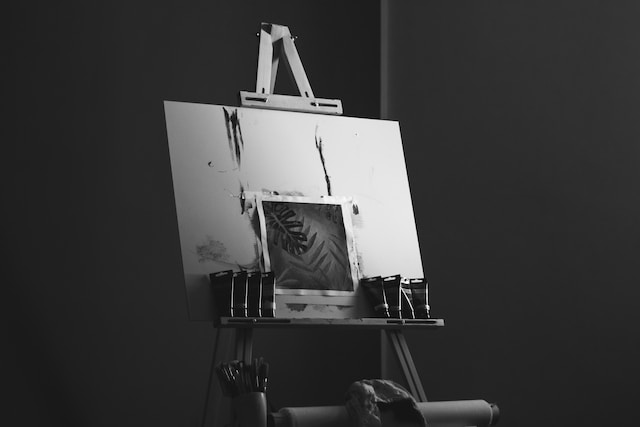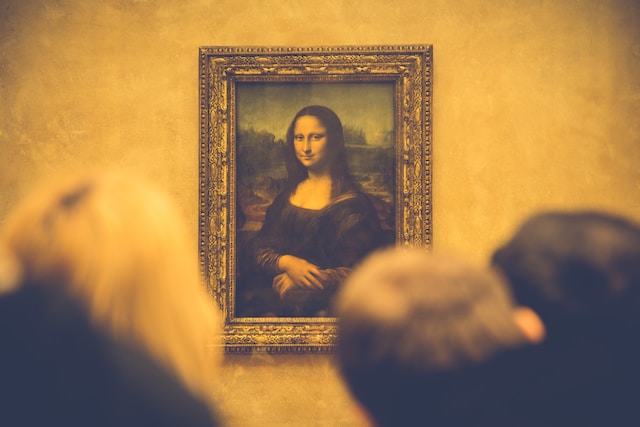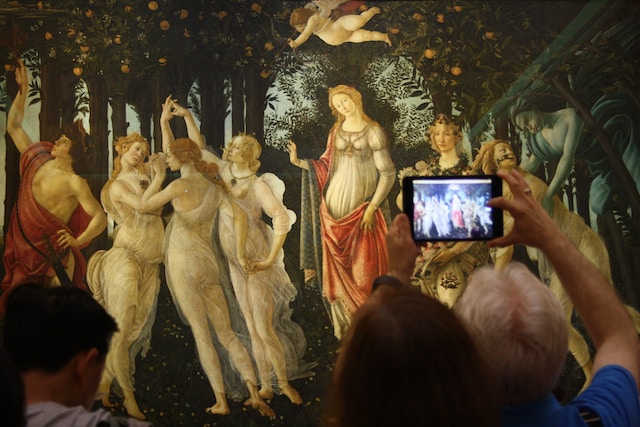
Famous Artists of the Renaissance: Masters of Innovation
The Renaissance, a cultural and artistic movement that spanned the 14th to the 17th century, witnessed the emergence of some of history’s most influential artists. These brilliant minds not only created breathtaking masterpieces but also revolutionized the art world. In this exploration of famous Renaissance artists, we’ll delve into the lives and works of these visionaries who left an indelible mark on the world of art.
Leonardo da Vinci
Leonardo da Vinci, often regarded as the quintessential Renaissance man, was not only a painter but also an inventor, scientist, and writer. His most famous work, the “Mona Lisa,” is celebrated for its enigmatic smile and meticulous detail. Da Vinci’s scientific curiosity and anatomical studies also contributed to his artistic precision.

Michelangelo Buonarroti
Michelangelo Buonarroti’s genius encompassed both sculpture and painting. His sculptures, including “David” and “Pieta,” showcase his ability to bring marble to life. Michelangelo’s renowned paintings on the Sistine Chapel ceiling, depicting scenes from Genesis, are nothing short of breathtaking.
Raphael
Raphael’s works are characterized by their grace, harmony, and idealized beauty. His “School of Athens” captures the essence of the Renaissance, depicting a gathering of great philosophers and thinkers. Raphael’s ability to convey emotions and his mastery of perspective made him a pivotal figure in Renaissance art.
Sandro Botticelli
Sandro Botticelli’s “The Birth of Venus” and “Primavera” are iconic Renaissance pieces. His use of vibrant colours and flowing lines imbues his works with a sense of ethereal beauty. Botticelli’s art often explored themes from classical mythology.

Titian
Titian, the Venetian painter known for his rich and luminous colours, had a profound influence on the development of oil painting. His portraits, such as “Portrait of a Man in a Red Cap,” display an unparalleled mastery of colour and texture.
Caravaggio
Though often associated with the Baroque era, Caravaggio’s early works, like “The Calling of Saint Matthew,” exhibit elements of the late Renaissance. His revolutionary use of chiaroscuro, or dramatic lighting, had a profound impact on Baroque painting.
Donatello
Donatello’s sculptures, like “David” and “Saint George,” epitomize the Renaissance fascination with classical themes. He was a trailblazer in the use of perspective, creating lifelike figures that appeared ready to step off their pedestals.
Jan van Eyck
Jan van Eyck, a Northern Renaissance artist, made significant advancements in oil painting techniques. His masterpiece, “The Arnolfini Portrait,” showcases his meticulous attention to detail and ability to capture light and texture.
El Greco
El Greco, whose real name was Domenikos Theotokopoulos, was a Greek painter who achieved fame during the Spanish Renaissance. He was known for his distinctive and unconventional artistic style that set him apart from the traditional Renaissance painters of his time. Here, we’ll delve deeper into the artistry and vision of El Greco.
Conclusion
The Renaissance was an era of unparalleled artistic innovation, and these famous artists were at its forefront. Their contributions to painting and sculpture not only defined the period but continue to inspire artists and art enthusiasts to this day.
